Scotch Broom
Information
Cytisus Scoparius - Fabaceae Family
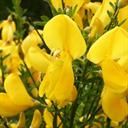
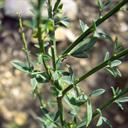
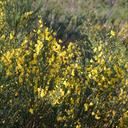
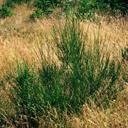
Identification
- Flowers: The flowers are bright yellow, resemble sweet pea flowers, and occur singly or in pairs in the upper leaf axils
- Seeds: Seed pods are fuzzy on the edges and will explode when mature, forcefully expelling the seeds. The seeds are small and range from green to brown to reddish brown.
- Leaves: Leaves are small, alternate and compound with 3 leaflets. The leaves are often not noticeable, due to the dark green stems.
- Flowering Time: Flowers bloom from March through June.
- Life cycle: Yellow flowers open in late spring to early summer. During the end of summer, brown seeds pods burst open and seeds are shot out into the soil.
Impacts
- Scotch Broom is an extremely aggressive shrub and can easily displace native vegetation, creating thick monocultures that reduce animal habitat.
- Scotch Broom burns readily and can increase the frequency and impact of forest fires in infested areas.
- The leaves and seeds of Scotch broom contain toxic alkaloids and are unpalatable to grazing animals. An infestation will quickly diminish an area’s grazing capacity.
Control
Most effective control methods
- Hand pulling or cutting, taking care to remove the root system, can be effective in controlling small infestations. It must be repeated annually to control resprouts and seedlings. Burning can also be an effective control method if repeated two and four years after the initial fire.
- There are currently three biocontrol agents approved for use in the US, including the Scotch broom seed beetle, the Scotch broom seed weevil, and the Scotch broom twig miner moth.
- Broad leaf herbicides such as Glyphosate have been effectively used to control Scotch Broom, although the method of application varies by infestation age and site. Treatment must be repeated annually to kill seedlings.
Large Images
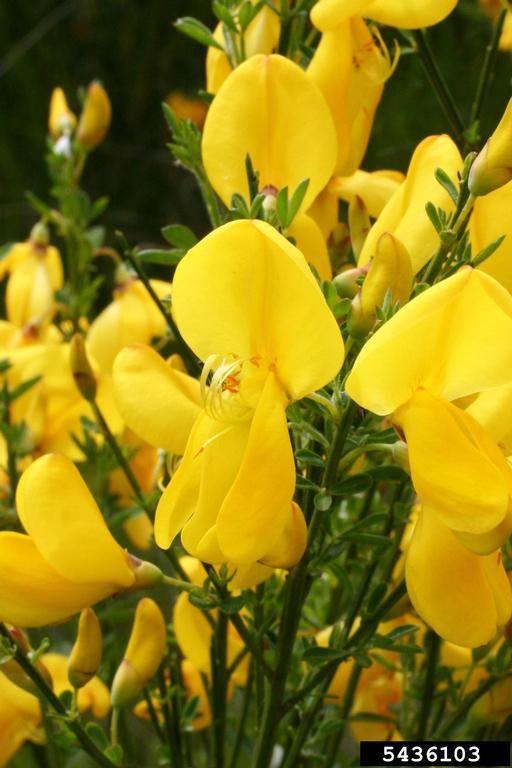
Scotch broom: flowers
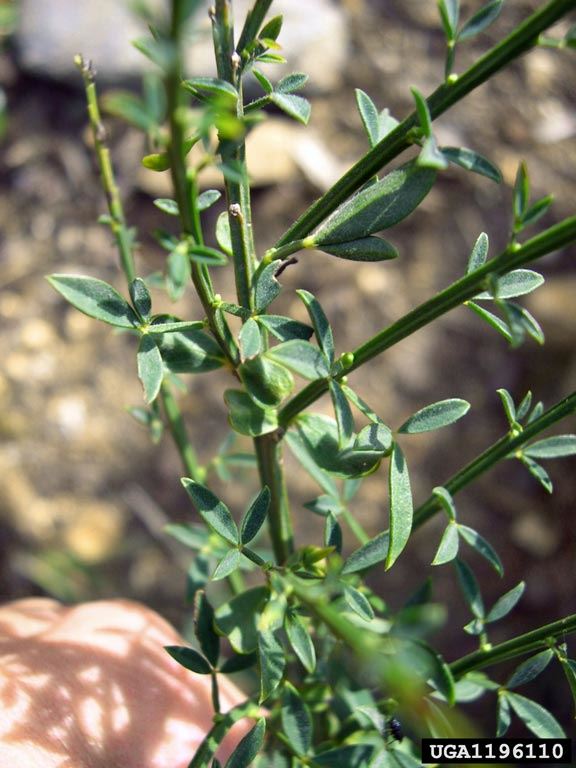
Scotch broom: foliage
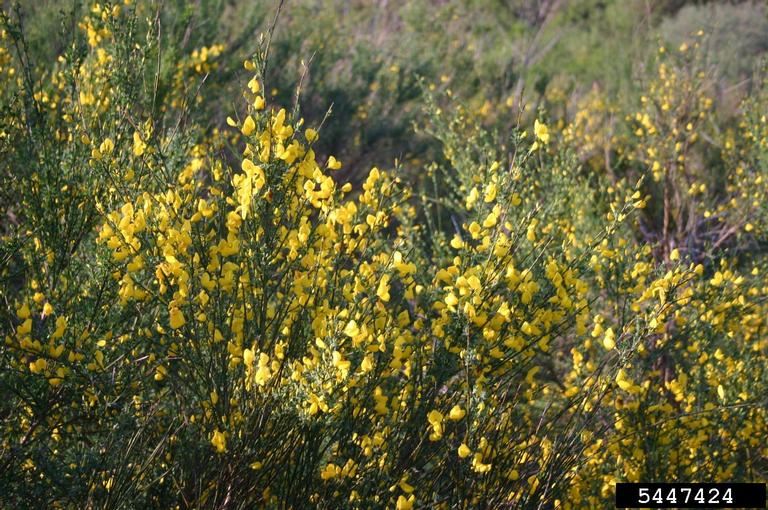
Scotch broom: infestation
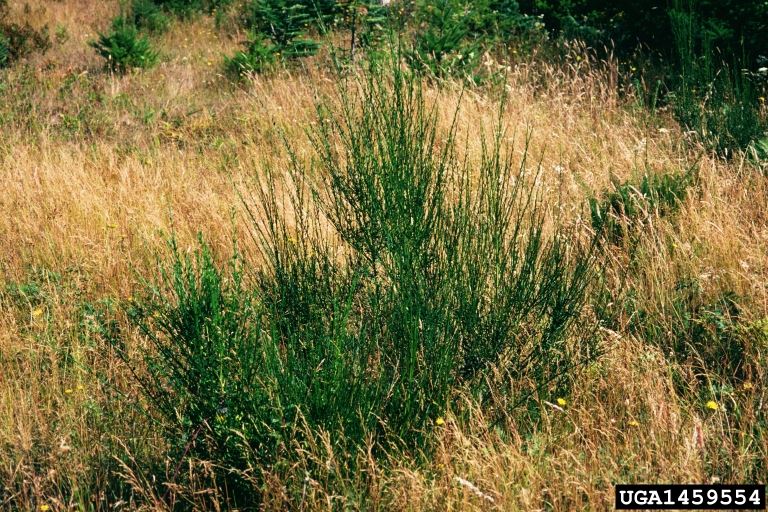
Scotch broom
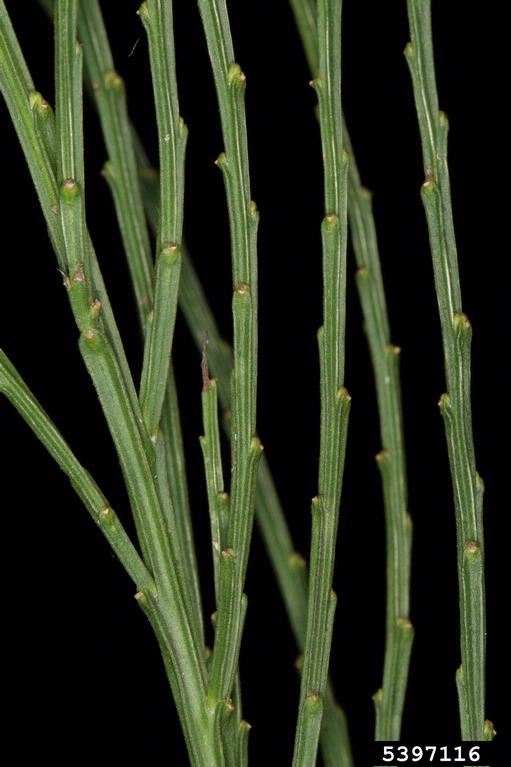
Scotch broom: shoots
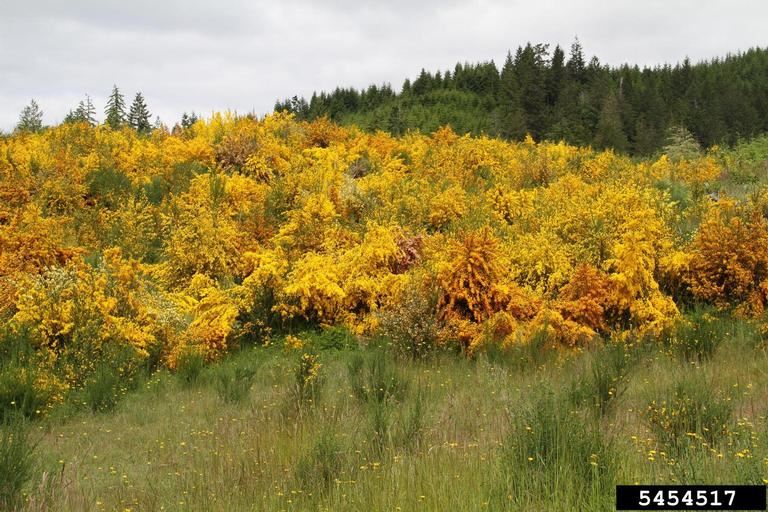
Scotch broom: infestation
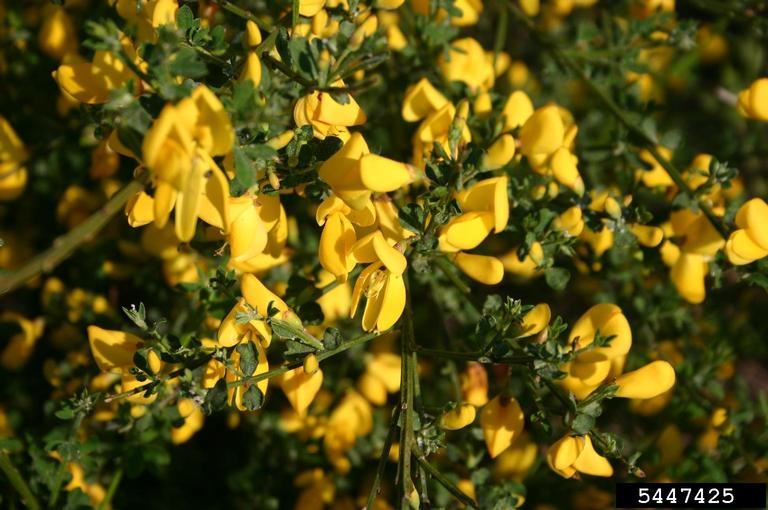
Scotch broom: flowers and foliage
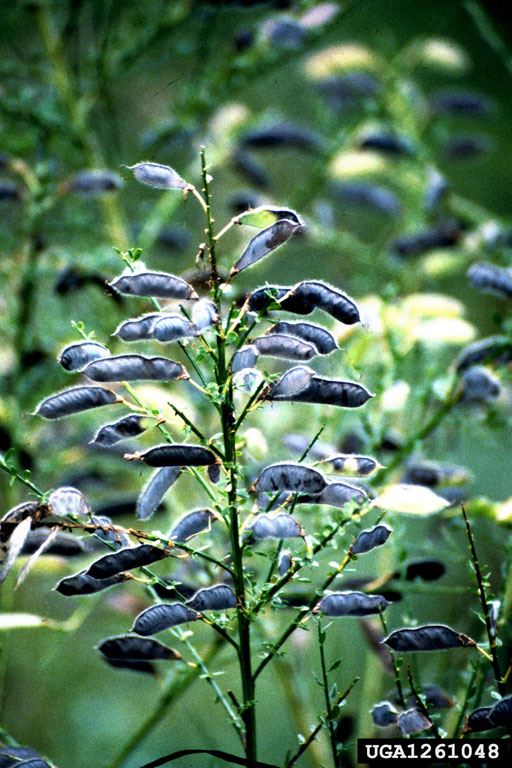
Resources
-
References
DiTomaso, J.M., G.B. Kyser et al. (2013). Weed Control in Natural Areas in the Western United States [PDF file]. Weed Research and Information Center, University of California. Retrieved from https://wric.ucdavis.edu/information/natural-areas/wr_C/Cytisus.pdf View PDF
Graves, M., Mangold, J., & Jacobs, J. (2010, December). Biology, ecology, and management of Scotch broom [PDF file]. Retrieved from http://www.msuinvasiveplants.org/documents/mt_noxious_weeds/Scotch_broom.pdf View PDF
Invasive Species Compendium. (2018, July 14). Cytisus scoparius (Scotch broom). Retrieved from https://www.cabi.org/isc/datasheet/17610
Oregon State University Extension Service. Scotch broom is beautiful, but noxious. Retrieved from https://extension.oregonstate.edu/node/81831
Washington State Noxious Weed Control Board. Scotch broom. Retrieved from https://www.nwcb.wa.gov/weeds/scotch-broom
West Multnomah Soil & Water Conservation District. Invasive Scotch broom and look-alikes. Retrieved from https://wmswcd.org/species/scotch-broom-scots-broom/
Zouhar, K. (2005). Cytisus scoparius, C. striatus. In: Fire Effects Information System. Retrieved from https://www.fs.fed.us/database/feis/plants/shrub/cytspp/all.html




